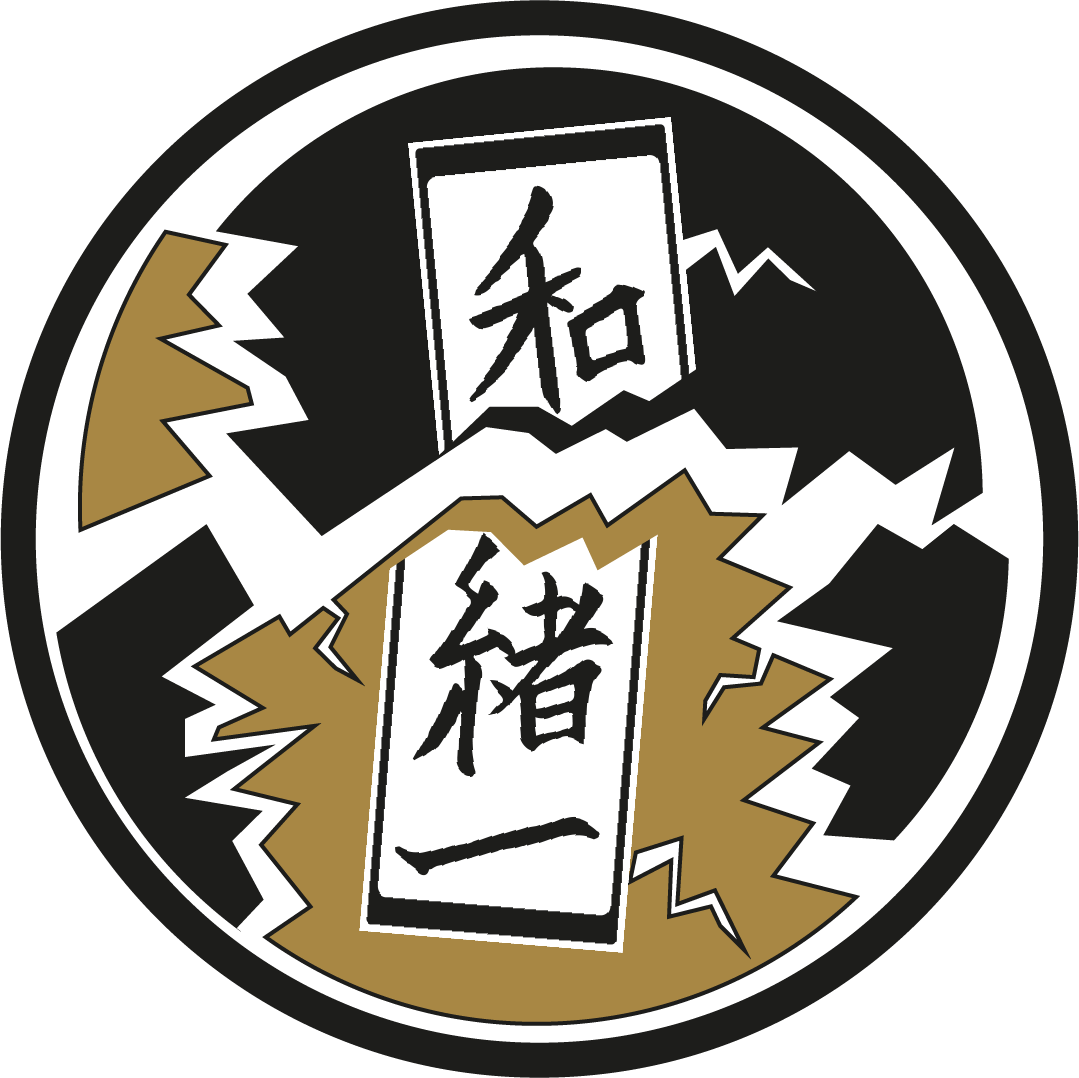Japan's Topography
A representation of the Pacific Ocean’s Ring of Fire. ©Wikimedia
Japan is situated at the eastern extreme of the Eurasian continent, on top of what is called the Pacific Ocean’s Ring of Fire, one of the most active volcanic zones in the world. Japanese islands were formed when the Pacific and the Philippine Sea plates came in contact with the continental ones. This is the reason why so many earthquakes happen in Japan, as the energy produced by the friction of those tectonic plates is frequently released with dramatic consequences. These two factors combined make Japan a place where volcanic and seismic activities are particularly intense.
Yet with risks come also good things, such as natural hot springs that can be found all around the country, especially in the areas surrounding a volcano. One of the most famous places for spa is Hakone (箱根), located in Kanagawa prefecture (神奈川県), the waters of which are warmed by Mt. Fuji’s volcanic activity.
A view of Owakudani, a volcanic valley known for its sulfuric vents and Hotsprings. ©nataliefungmw
Volcanos and seismic activity are not the only challenges faced by Japanese: The country is mostly formed by mountains, most of them inhabited, which makes land management a serious issue. Agricultural and residential areas do not make up even 20% of the country. This has led to the formation of huge agglomerations, such as the Kantō plain (the area of Tokyo and surroundings), where almost one third of the overall population currently lives.
Pompoko (Heisei tanuki gassen ponpoko, 平成狸合戦ぽんぽこ), ©Takahata Isao ©Studio Ghibli, 1994.
Throughout Japan’s modern development, it has constantly been in need of new exploitable land. On this matter we highly recommend you watch Studio Ghibli’s Pompoko by Takahata Isao who showcase in a seemingly funny way the issues with land management. If you want to push even further your curiosity the documentary ‘The Wages of Resistance: Narita Stories’ could give you some other perspectives on the topic
The Wages of Resistance: Narita Stories (Sanrizuka ni Ikiru 三里塚に生きる) ©Daishima Haruhiko e Otsu Koshiro, 2014.
Written by Marty Borsotti


